Description
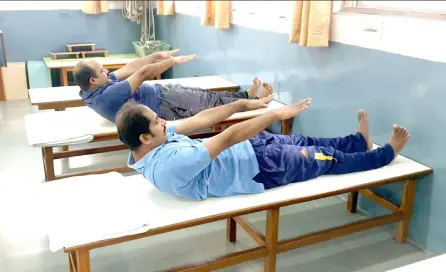
Rope & Belt Therapy For Spondylosis
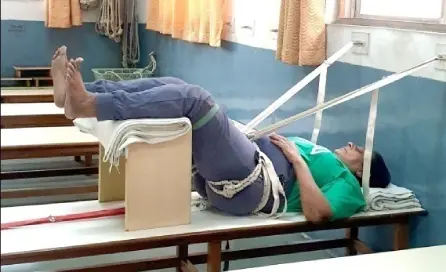
Rope & Belt Therapy For Spondylosis
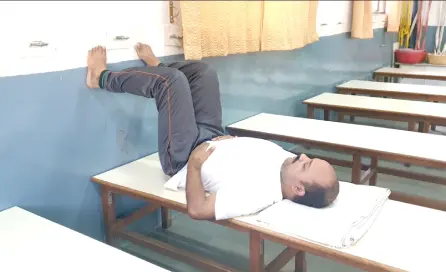
Rope & Belt Therapy For Spondylosis
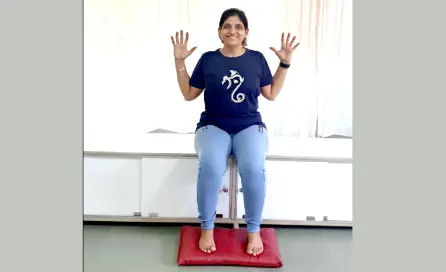
Rope & Belt Therapy For Spondylosis
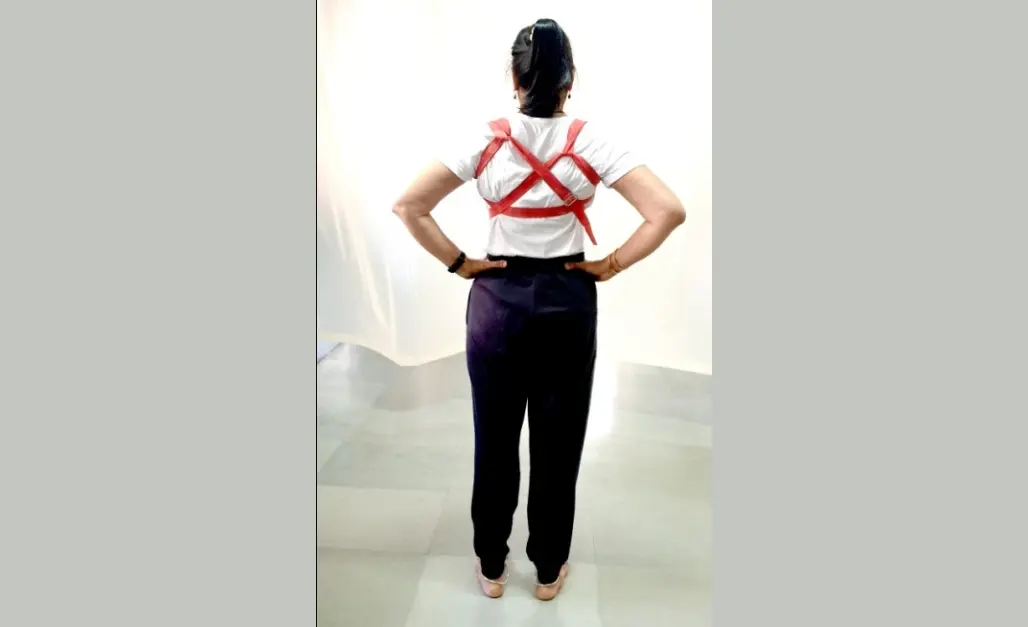
Rope & Belt Therapy For Spondylosis
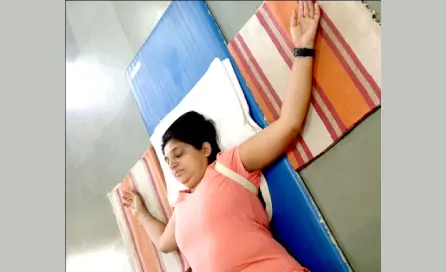
Rope & Belt Therapy For Spondylosis
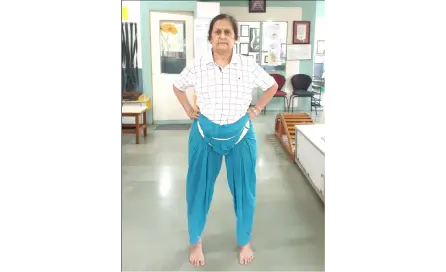
Rope & Belt Therapy For Spondylosis
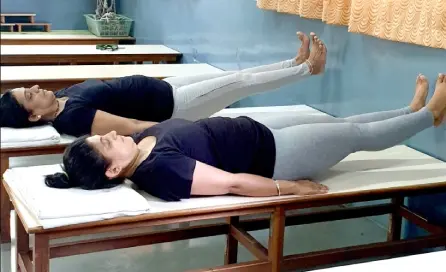
Rope & Belt Therapy For Spondylosis
Theory
Spondylosis is the price paid for our erect posture.Our spine has to face the gravitational force to remain erect.This great demanding work is performed by antigravity vertebral muscles.This task makes them tired which highlights the need of adequate sleep.Once we lie down ,the gravitational force ceases to act on it.
This work also necessitates the sufficient strength in vertebral muscles which can be gained by practising prone Yogic Postures. (Sarpasan, Bhujangasan, Shalabhasan, Naukasan, Dhanurasan) This state of their contraction for long time leads to adaptive shortening which can be attended by practising selective Postures. (Adhomukh shwanasan, Shashankasan, Janushirshasan, Paschimottanasan) The vertebral muscles are helped by core muscles in Lumbar area. One needs to strengthen the core muscles by practising Konasan 1 & 2, Padangushttasan, supine naukasan.
Cervical spine needs help by maintaining the awareness of scapular mobility for its depression & retraction. Rope and Belt Therapy Course teaches all these principles in the form of @ Home Yogic Postures. In addition it offers an innovative Yogic variation which is very effective in conservative management of Spondylosis. It works by principles of distraction at vertebral column, Correction of exaggerated curvatures in spins, Correction of increased lumbosacral angle, mobilisation os spine.
Practical
Offers @ Home Yogic Postures divided into Phase I & Phase II, for stretching & strengthening of selective muscles. Stretching effect is aimed for Erector Spinae, Hamstring, Trapezius muscles. Strentening of Pectoralis major, Erector spinae, Glutei & core muscles is crucially important.
Use of Ropes & Belts is pioneered by BKS Iyengar Guruji way back in 1970. Dr S V Karandikar, his ardent disciple has further developed & formulated it for degenerative conditions of spine- Spondylosis. This simple technique is found extremely effective in mobilising the shoulder & pelvic girdle.It is indicated for Cervical & Lumbar Spondylosis & Disc disease where there is no neurological deficit. It is extremely crucial to rule out sensory & motor deficit due to nerve root impingement by careful clinical examination.
This therapy is educational, where patient’s awareness of spine, it’s curvatures, deviations, proper erect posture,power of internal distraction is taught to patients. A word about role of relaxation response taught in Shavasan is found to minimise the complaints is worth mentioning.